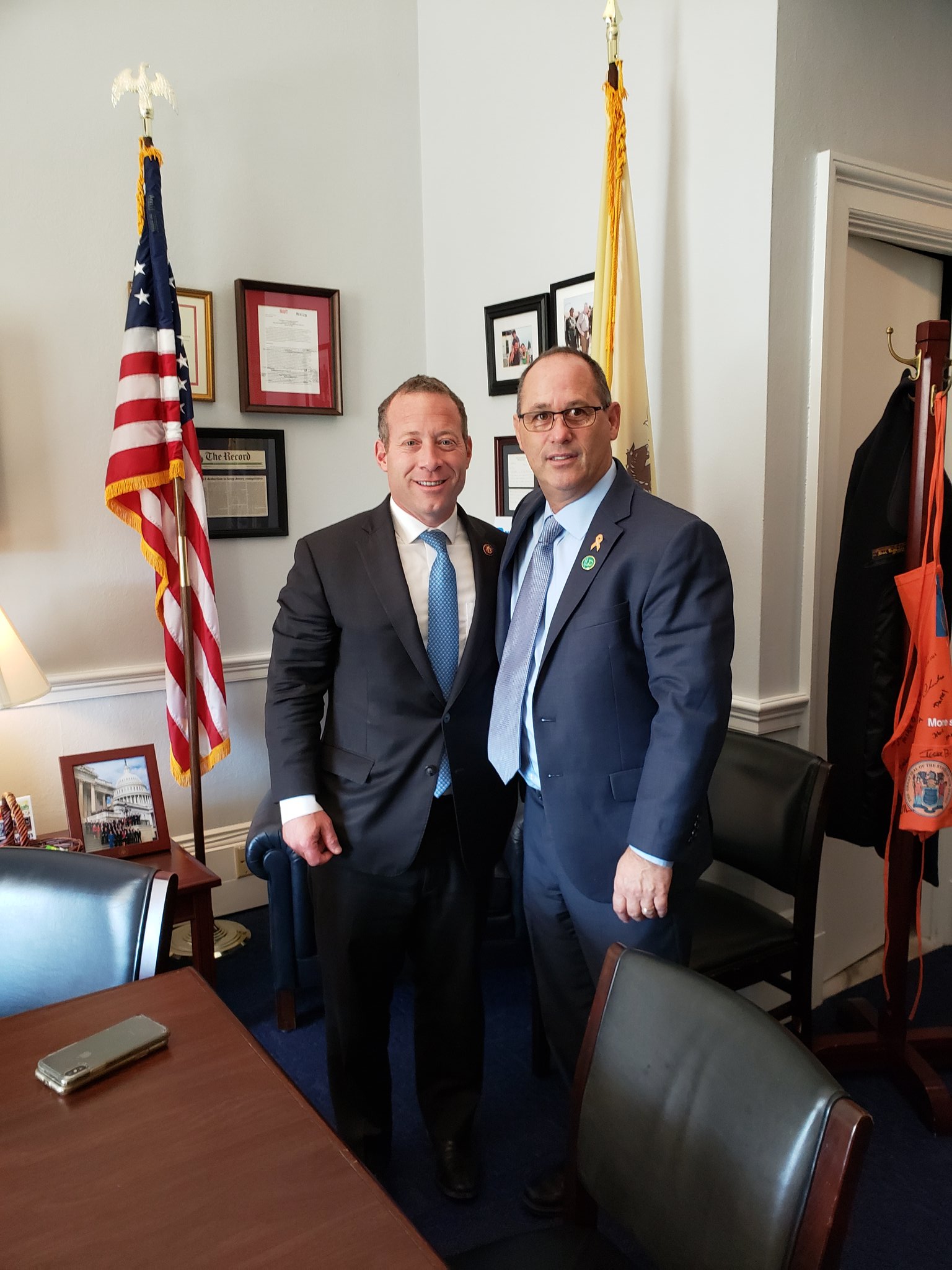Getting a good grasp of what is happening with the economy can feel like trying to catch smoke, something very hard to hold onto. There is so much information out there, and it comes from many different places, making it tough to figure out what really matters. Yet, having access to clear and current economic figures is pretty important for anyone wanting to make sense of the bigger picture, whether for personal interest or simply to keep up with the world.
Sometimes, people look for specific things, like perhaps what Fred Guttenberg might be sharing on social media, yet they might stumble upon other useful resources that give insights into financial trends. This can happen when you are just looking around for information, and a different, perhaps more official, source appears. It is a bit like searching for one kind of apple and finding a whole orchard of different fruits to pick from, all quite helpful in their own way.
This guide will help you sort through some of the ways you can get a better handle on economic happenings. We will look at a very useful online place that collects a huge amount of data, making it much easier to find what you are looking for, actually. It is a central spot for numbers that tell stories about how our economy is doing, from jobs to prices and everything in between, which is pretty neat.
Table of Contents
- What Exactly is FRED?
- Finding What You Need - Fred Guttenberg Twitter and Beyond
- What Kinds of Economic Information Can You Find?
- Key Figures and Fred Guttenberg Twitter
- How Can You Put This Data to Use?
- Is There a Way to Get Economic Data on the Go?
- What About Historical Economic Snapshots?
- Beyond the Numbers - What Other Information is There?
- How Do You Locate Specific Information?
What Exactly is FRED?
FRED, which stands for Federal Reserve Economic Data, is an online collection of many, many economic figures. It is a central spot where you can find hundreds of thousands of different economic time series. These numbers come from a lot of different national and international places, so it is a really big collection, you know. It helps people keep track of how things are going with money and jobs and everything else that makes up an economy.
Finding What You Need - Fred Guttenberg Twitter and Beyond
Sometimes, when you are looking for specific information, you might start by searching on social platforms or through personal channels, perhaps even seeing what Fred Guttenberg might be discussing on Twitter. However, for deep economic figures, a dedicated place like FRED is where the official numbers live. It is a very different kind of resource, offering raw data that can be used for many different purposes. This means you can get right to the source of the numbers, which is often what you really need for a complete picture.
What Kinds of Economic Information Can You Find?
This large collection includes a very wide range of economic details. For instance, you can find new figures about people leaving jobs and new job losses, which are important signs of how the job market is doing. There is also fresh information on how people feel about buying homes, a sentiment index that gives a sense of consumer confidence in the housing market. These are just a few examples, but there are many, many more.
Key Figures and Fred Guttenberg Twitter
When people talk about the economy, certain numbers come up again and again. These are often big, important measures that give a broad sense of economic health. For instance, the gross domestic product, or GDP, is a featured measure for the U.S. output. It tells us the market value of all the goods and services made by people and property in the country. You might hear about these figures in many places, perhaps even referenced in discussions that could be linked to something like Fred Guttenberg's Twitter feed, showing how widely these numbers are discussed.
Another important number is the federal funds effective rate. This is the interest rate at which banks lend to each other overnight, and it has a big effect on other interest rates across the economy. You can find this data directly from the Board of Governors of the Federal Reserve System (US) through FRED. Then there is the unemployment rate, which comes from the Bureau of Labor Statistics, telling us how many people looking for work cannot find it. These are all pretty central to understanding how things are going, you know.
Beyond these, the collection has 79 main types of economic figures. This includes things like exchange rates, where there are 260 different economic data series related to money, banking, and finance. It is a rather comprehensive set of information, really, covering many aspects of financial life and business activity across different regions and countries.
How Can You Put This Data to Use?
With all these numbers, you can do quite a lot. You are able to download them, which is very helpful. Then, you can make graphs to see trends over time, and you can keep track of economic data as it changes. This means you can see how things have developed, whether it is a slow shift or a quick change, which is quite useful for anyone trying to understand patterns. It is all about making the numbers tell a story, in a way.
The system also offers updates to its Excel data downloads, making it easy to get the information in a format that many people use for their own analysis. This helps people who work with numbers regularly, allowing them to bring the figures into their own spreadsheets for further study. It is a practical feature that makes the data more accessible, so.
Is There a Way to Get Economic Data on the Go?
Yes, there is an app for that, actually. The FRED app lets you get the economic information you need whenever and wherever you happen to be. It is pretty convenient for those who are often out and about but still want to stay informed. This means you can have full access to more than 820,000 economic data series from 117 different regional, national, and international sources right in your pocket. It is a handy tool for quick checks or deeper looks, you know.
What About Historical Economic Snapshots?
You can also look at older versions of economic figures. This is called looking at "vintages" of economic data. It lets you see what the numbers looked like at a certain point in the past, which can be very helpful for historical research or for understanding how economic forecasts might have changed over time. It is a way to look back and see the economic story unfold, which is pretty cool.
Beyond the Numbers - What Other Information is There?
While FRED is mostly about economic figures, the text also mentions some other, rather different, bits of information. For instance, there is a reference to Attic Record Store Inc, which is described as one of the best spots to find good new and used stock. They are always buying collections of all sorts and sizes. This suggests a place where you might find something if you are looking for it, like your favorite music, perhaps.
The text also briefly talks about baseball cards, beer cans, and records. These were things customers could find in Millvale’s oldest vinyl store back in the early 1980s. This is a bit of a historical detail about a local shop, showing that places sometimes offer a mix of different items, which is interesting, I mean. It is a different kind of information compared to economic data, but it is there in the source material.
How Do You Locate Specific Information?
Finding the data you need within such a large collection is often quickest by searching with keywords. From the main page, you just put words into the search box to find the most fitting data series. This makes it pretty straightforward to get to the numbers that matter most to your particular interest or study. It is a simple way to cut through the vast amount of information available, which is really helpful.


